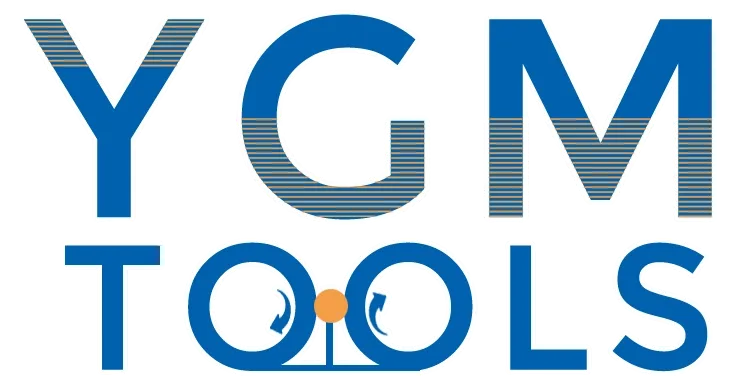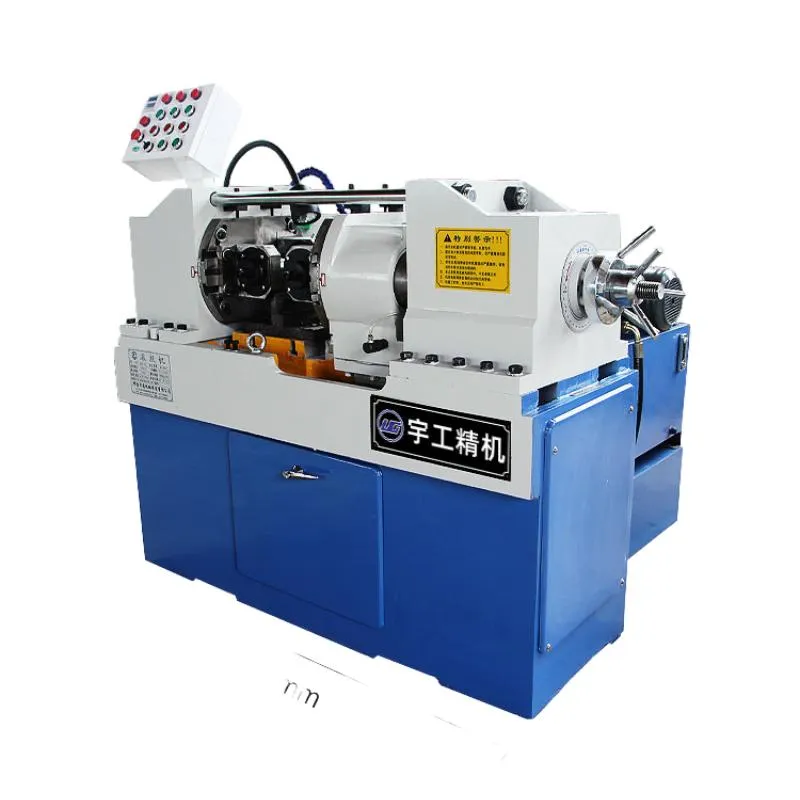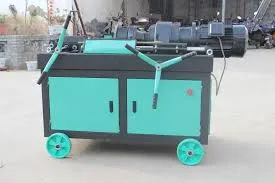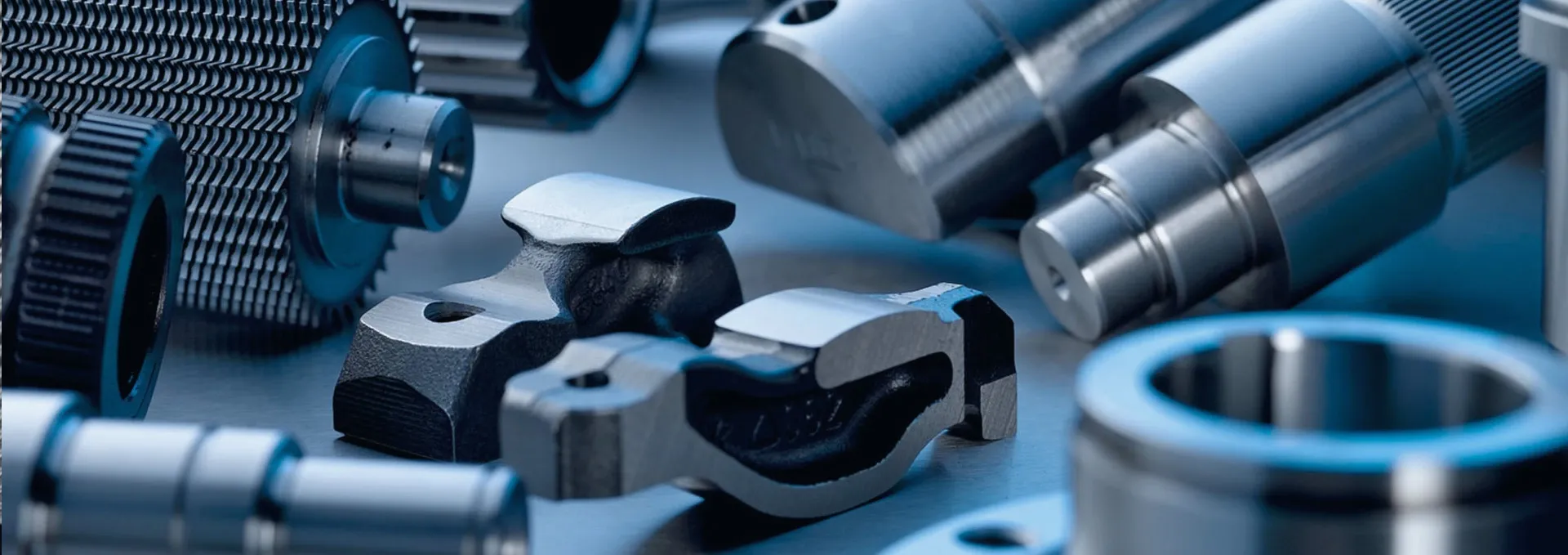
-
 Afrikaans
Afrikaans -
 Albanian
Albanian -
 Amharic
Amharic -
 Arabic
Arabic -
 Armenian
Armenian -
 Azerbaijani
Azerbaijani -
 Basque
Basque -
 Belarusian
Belarusian -
 Bengali
Bengali -
 Bosnian
Bosnian -
 Bulgarian
Bulgarian -
 Catalan
Catalan -
 Cebuano
Cebuano -
 Corsican
Corsican -
 Croatian
Croatian -
 Czech
Czech -
 Danish
Danish -
 Dutch
Dutch -
 Bekee
Bekee -
 Esperanto
Esperanto -
 Estonian
Estonian -
 Finnish
Finnish -
 French
French -
 Frisian
Frisian -
 Galician
Galician -
 Georgian
Georgian -
 German
German -
 Greek
Greek -
 Gujarati
Gujarati -
 Haitian Creole
Haitian Creole -
 hausa
hausa -
 hawaiian
hawaiian -
 Hebrew
Hebrew -
 Hindi
Hindi -
 Miao
Miao -
 Hungarian
Hungarian -
 Icelandic
Icelandic -
 igbo
igbo -
 Indonesian
Indonesian -
 irish
irish -
 Italian
Italian -
 Japanese
Japanese -
 Javanese
Javanese -
 Kannada
Kannada -
 kazakh
kazakh -
 Khmer
Khmer -
 Rwandese
Rwandese -
 Korean
Korean -
 Kurdish
Kurdish -
 Kyrgyz
Kyrgyz -
 Lao
Lao -
 Latin
Latin -
 Latvian
Latvian -
 Lithuanian
Lithuanian -
 Luxembourgish
Luxembourgish -
 Macedonian
Macedonian -
 Malgashi
Malgashi -
 Malay
Malay -
 Malayalam
Malayalam -
 Maltese
Maltese -
 Maori
Maori -
 Marathi
Marathi -
 Mongolian
Mongolian -
 Myanmar
Myanmar -
 Nepali
Nepali -
 Norwegian
Norwegian -
 Norwegian
Norwegian -
 Occitan
Occitan -
 Pashto
Pashto -
 Persian
Persian -
 Polish
Polish -
 Portuguese
Portuguese -
 Punjabi
Punjabi -
 Romanian
Romanian -
 Russian
Russian -
 Samoan
Samoan -
 Scottish Gaelic
Scottish Gaelic -
 Serbian
Serbian -
 Sesotho
Sesotho -
 Shona
Shona -
 Sindhi
Sindhi -
 Sinhala
Sinhala -
 Slovak
Slovak -
 Slovenian
Slovenian -
 Somali
Somali -
 Spanish
Spanish -
 Sundanese
Sundanese -
 Swahili
Swahili -
 Swedish
Swedish -
 Tagalog
Tagalog -
 Tajik
Tajik -
 Tamil
Tamil -
 Tatar
Tatar -
 Telugu
Telugu -
 Thai
Thai -
 Turkish
Turkish -
 Turkmen
Turkmen -
 Ukrainian
Ukrainian -
 Urdu
Urdu -
 Uighur
Uighur -
 Uzbek
Uzbek -
 Vietnamese
Vietnamese -
 Welsh
Welsh -
 Bantu
Bantu -
 Yiddish
Yiddish -
 Yoruba
Yoruba -
 Zulu
Zulu
High Speed Thread Rolling Machine
In today’s high-demand production environments, the high speed thread rolling machine is an essential asset. It’s engineered to deliver fast, accurate, and high-volume thread formation without compromising strength or surface finish. This type of machine dramatically improves productivity by allowing manufacturers to produce thousands of threaded components per hour.

What makes the high speed thread rolling machine truly stand out is its precision and durability. Unlike traditional thread-cutting equipment, it reshapes the material using pressure, preserving its structure and enhancing the strength of the finished product. This cold-forming process also means no material waste, faster cycle times, and longer tool life.
Many high speed thread rolling machines now feature programmable logic controllers (PLCs), automatic feeding systems, and digital displays. These advancements reduce human error and ensure consistent quality throughout every production run. Whether in the automotive, aerospace, or construction sector, businesses rely on these machines to maintain a competitive edge.
Bolt Thread Rolling Machine: Optimized for Strength and Volume
A bolt thread rolling machine is designed specifically for producing strong, accurate threads on bolts of various sizes and materials. Compared to cutting, the rolling method creates threads that are not only more durable but also better able to withstand stress and fatigue over time.
In industries where bolts are mission-critical—like bridges, buildings, and industrial machinery—using a bolt thread rolling machine ensures each threaded fastener meets rigorous performance standards. These machines can form both metric and inch threads, with various pitches and diameters.
Modern bolt thread rolling machines are compatible with both standard and special die sets, allowing manufacturers to switch quickly between different specifications. They also feature safety covers, automatic lubrication systems, and fault-detection alarms to enhance safety and reduce downtime.
The bolt’s threads created through this method retain excellent surface finish and dimensional uniformity, making the bolt thread rolling machine the preferred choice in any high-volume production setting.
Circular Thread Rolling Machine: Versatility Meets Precision
The circular thread rolling machine is a highly adaptable piece of equipment, suitable for threading round materials like pipes, rods, and shafts. It uses two or three cylindrical dies to press threads into a rotating workpiece, ensuring even thread depth and alignment.
A key benefit of the circular thread rolling machine is its ability to create threads on materials with varied diameters and hardness levels. This includes carbon steel, stainless steel, titanium, and alloys used in critical structural components.
Due to its robust structure and heavy-duty design, the circular thread rolling machine is ideal for producing threads on longer components or on irregularly shaped parts where flat dies aren’t suitable. It can also be used to form knurls, ridges, and other surface features that require precision.
In manufacturing processes that demand both flexibility and accuracy, the circular thread rolling machine offers a perfect balance. Operators can quickly adjust thread lengths and pitches, making it an excellent choice for both standard and custom thread production.
Choosing Between High Speed, Bolt, and Circular Thread Rolling Machines
Selecting the right machine—whether a high speed thread rolling machine, bolt thread rolling machine, or circular thread rolling machine—depends on the specifics of your application, material types, and production goals.
For factories focused on high output and rapid turnaround, a high speed thread rolling machine is the best investment. Its automation and rapid processing rates reduce labor needs and maximize throughput. However, when threading bolts with specific strength and tolerance requirements, a bolt thread rolling machine provides the control and consistency needed for critical applications.
Meanwhile, the circular thread rolling machine is ideal for threading pipes, long rods, or components requiring full rotation during the threading process. It provides flexibility for varying diameters and is commonly used in the oil, mining, and transportation sectors.
Understanding the strengths of each machine type allows manufacturers to streamline their workflow and achieve higher productivity with lower rejection rates.
Benefits of Thread Rolling Over Cutting for Industrial Applications
All three machine types—the high speed thread rolling machine, bolt thread rolling machine, and circular thread rolling machine—employ thread rolling, which offers significant advantages over traditional thread cutting methods.
Thread rolling strengthens the material by cold-forming, resulting in threads that are up to 30% stronger than cut threads. There’s no material removal, which not only reduces waste but also keeps tooling costs lower. Additionally, rolled threads have superior surface finishes, which reduce friction and improve the life of the component.
The process is faster, cleaner, and more environmentally friendly. Whether using a bolt thread rolling machine to produce automotive bolts or a circular thread rolling machine to thread long steel rods, the rolling method delivers reliable and economical results.
For industries demanding high mechanical performance, switching from cutting to thread rolling—especially using a high speed thread rolling machine—is a strategic upgrade that boosts quality and reduces operational costs.
Circular thread rolling machine FAQs
What is the difference between a circular thread rolling machine and a flat die thread roller?
A circular thread rolling machine uses round dies to form threads on rotating workpieces like rods or pipes, making it suitable for longer or irregular components. Flat die machines, by contrast, use flat dies and are typically faster for small parts like screws and bolts but less flexible for complex shapes.
Can a bolt thread rolling machine handle different bolt sizes?
Yes, a bolt thread rolling machine can be equipped with interchangeable die sets that allow it to handle a variety of bolt sizes and pitches. Some advanced models offer quick-change die systems, reducing setup time and allowing efficient production runs across multiple specifications.
How fast is a high speed thread rolling machine?
A high speed thread rolling machine can produce several hundred to thousands of parts per hour, depending on the size and material. It’s designed for continuous, high-volume production, making it ideal for industries with tight delivery schedules and large output demands.
What materials can be used in a circular thread rolling machine?
The circular thread rolling machine can process materials like carbon steel, stainless steel, titanium, aluminum, and various alloys. Its robust design allows it to handle both soft and hard metals, offering flexibility across multiple industrial sectors.
Why is thread rolling better for bolt manufacturing than thread cutting?
Using a bolt thread rolling machine ensures stronger threads due to the cold-forming process, which enhances the grain flow of the material. Rolled threads have better fatigue resistance, a smoother finish, and no chip waste, making the process more efficient and environmentally friendly compared to cutting.
high speed thread rolling machine
High-Speed Thread Rolling Machine Revolutionizing Fastener Production
In the world of manufacturing, efficiency and precision are paramount, particularly in the production of fasteners. High-speed thread rolling machines have emerged as pivotal equipment in this sector, revolutionizing how threads are formed on screws, bolts, and other fasteners. These machines cater to the ever-increasing demand for high-quality, durable, and cost-effective products while optimizing production efficiency.
High-Speed Thread Rolling Machine Revolutionizing Fastener Production
One of the most significant advantages of high-speed thread rolling machines is their ability to significantly increase production rates. Traditional methods can be time-consuming, often relying on slow cutting techniques that increase cycle time and labor costs. In contrast, modern high-speed machines can produce thousands of fasteners per hour, drastically shrinking lead times and allowing manufacturers to meet tight delivery schedules. This acceleration not only enhances productivity but also provides a competitive edge in a fast-paced market.
high speed thread rolling machine

Moreover, the precision of high-speed thread rolling machines is unmatched. They utilize advanced CNC (Computer Numerical Control) technology that enables operators to set specific parameters for thread dimensions and profiles. This level of precision minimizes the risk of defects and reduces the need for rework or inspection, further streamlining the manufacturing process. The result is a consistent output that adheres to stringent quality standards, reducing wastage and increasing overall efficiency.
The versatility of high-speed thread rolling machines is another key feature that appeals to manufacturers. These machines can handle a wide range of materials, from common steels to exotic alloys, accommodating various thread sizes and types. This flexibility allows manufacturers to diversify their product offerings without investing in multiple machine types. Additionally, features such as quick die change capabilities enable seamless transitions between different production runs, further optimizing operational efficiency.
In terms of cost-effectiveness, high-speed thread rolling machines offer significant savings over their lifecycle. While the initial investment may be higher compared to traditional machines, the reduction in labor costs, material waste, and production times leads to a rapid return on investment. When coupled with their longevity and the reduced downtime associated with modern designs, these machines become an economically sound choice for fastener production businesses.
In conclusion, high-speed thread rolling machines represent a significant advancement in the manufacturing of fasteners. Their ability to combine high production rates with precision and versatility makes them indispensable in today's competitive market. As manufacturers continue to seek ways to improve efficiency and product quality, the adoption of high-speed thread rolling technology will undoubtedly expand, driving innovation and growth within the industry. The future of fastener production looks promising, thanks to the capabilities of these remarkable machines.
